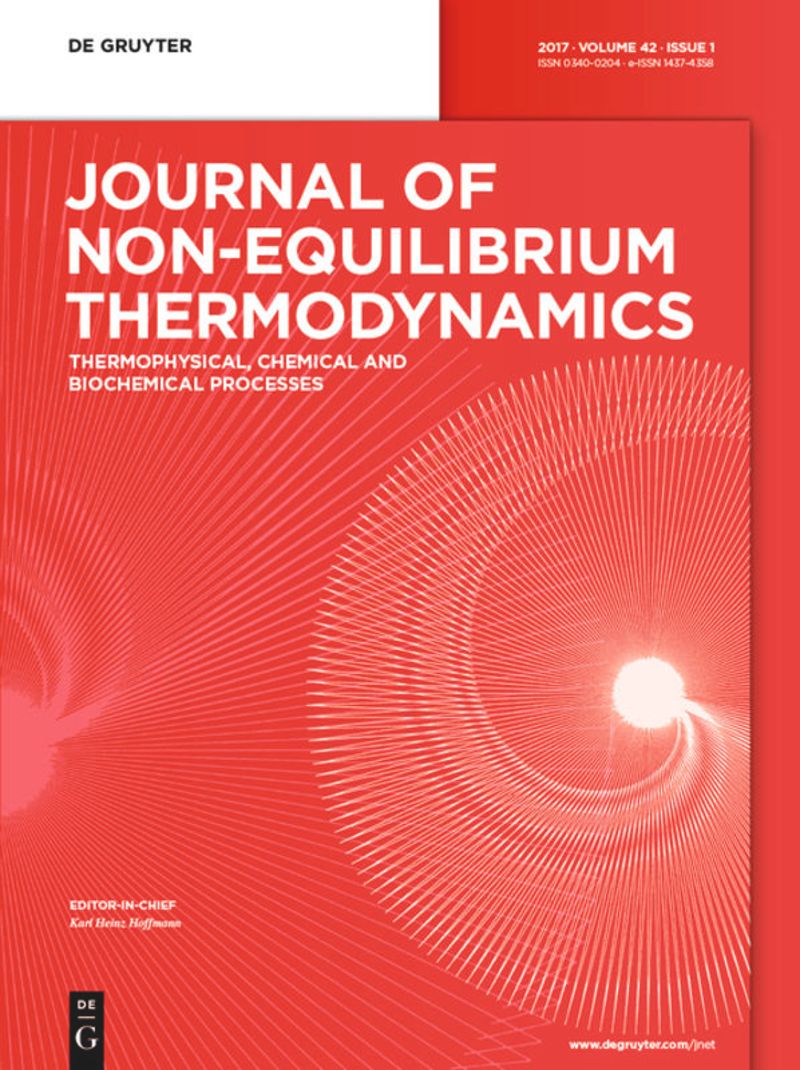New formulation of the Navier–Stokes equations for liquid flows
IF 4.2
3区 工程技术
Q1 MECHANICS
引用次数: 2
Abstract
Abstract For isothermal liquid flows, the condition of incompressibility provides a useful simplification for describing their mechanical properties. Nevertheless, it overlooks acoustic effects, and it provides the unpleasant shortcoming of infinite propagation speed of velocity perturbations, no matter the type of constitutive equation for the shear stresses is adopted. In this paper, we provide a derivation of a new formulation of the Navier–Stokes equations for liquid flows that overcomes the above issues. The pressure looses its ancillary status of mere gauge variable (or equivalently Lagrange multiplier of the incompressibility condition) enforcing the solenoidal nature of the velocity field, and attains the proper physical meaning of hydrodynamic field variable characterized by its own spatiotemporal evolution. From the experimental evidence of sound attenuation, related to the occurrence of a non-vanishing bulk viscosity, the evolution equation for pressure in out-of-equilibrium conditions is derived without introducing any adjustable parameters. The connection between compressibility and memory effects in the propagation of internal stresses is established. Normal mode analysis and some preliminary simulations are also discussed.液体流动Navier-Stokes方程的新公式
摘要对于等温液体流动,不可压缩性条件为描述其力学性质提供了一个有用的简化。然而,它忽略了声学效应,并提供了速度扰动无限传播速度的令人不快的缺点,无论采用剪切应力的本构方程类型。在本文中,我们推导了液体流动的Navier–Stokes方程的一个新公式,该公式克服了上述问题。压力失去了其单纯规范变量(或等效不可压缩条件的拉格朗日乘子)的辅助地位,强化了速度场的螺线管性质,并获得了以其自身时空演化为特征的流体动力场变量的适当物理意义。根据与体积粘度不消失有关的声音衰减的实验证据,在不引入任何可调参数的情况下,导出了非平衡条件下压力的演化方程。建立了内应力传播中压缩性和记忆效应之间的联系。文中还讨论了正态模态分析和一些初步模拟。
本文章由计算机程序翻译,如有差异,请以英文原文为准。
求助全文
约1分钟内获得全文
求助全文
来源期刊
CiteScore
9.10
自引率
18.20%
发文量
31
审稿时长
1 months
期刊介绍:
The Journal of Non-Equilibrium Thermodynamics serves as an international publication organ for new ideas, insights and results on non-equilibrium phenomena in science, engineering and related natural systems. The central aim of the journal is to provide a bridge between science and engineering and to promote scientific exchange on a) newly observed non-equilibrium phenomena, b) analytic or numeric modeling for their interpretation, c) vanguard methods to describe non-equilibrium phenomena.
Contributions should – among others – present novel approaches to analyzing, modeling and optimizing processes of engineering relevance such as transport processes of mass, momentum and energy, separation of fluid phases, reproduction of living cells, or energy conversion. The journal is particularly interested in contributions which add to the basic understanding of non-equilibrium phenomena in science and engineering, with systems of interest ranging from the macro- to the nano-level.
The Journal of Non-Equilibrium Thermodynamics has recently expanded its scope to place new emphasis on theoretical and experimental investigations of non-equilibrium phenomena in thermophysical, chemical, biochemical and abstract model systems of engineering relevance. We are therefore pleased to invite submissions which present newly observed non-equilibrium phenomena, analytic or fuzzy models for their interpretation, or new methods for their description.

 求助内容:
求助内容: 应助结果提醒方式:
应助结果提醒方式:


